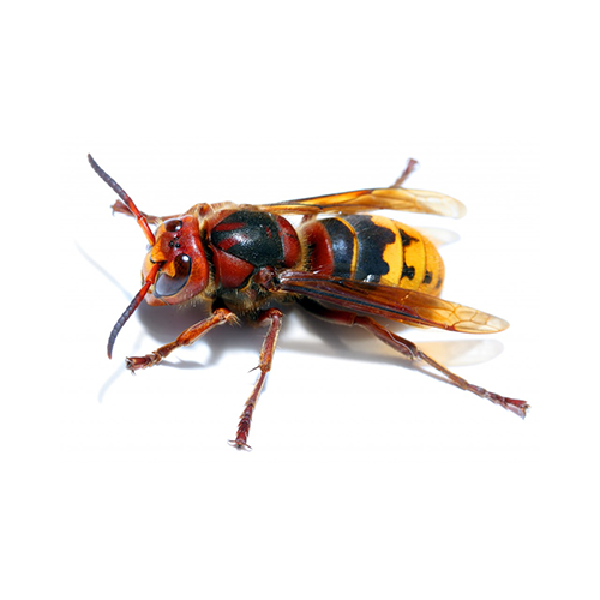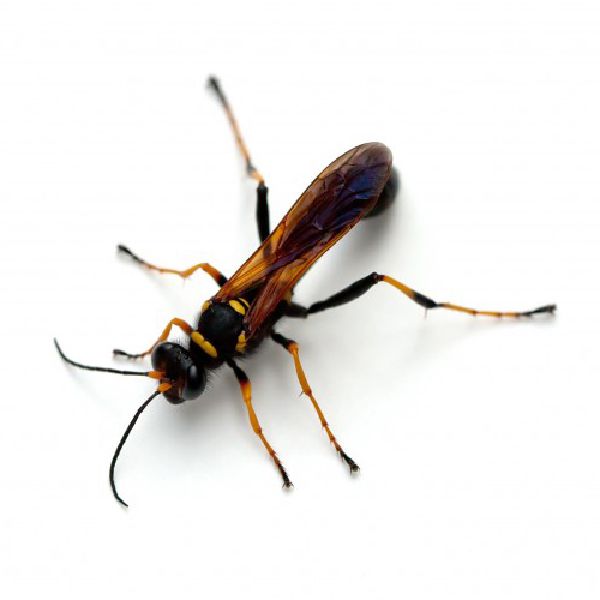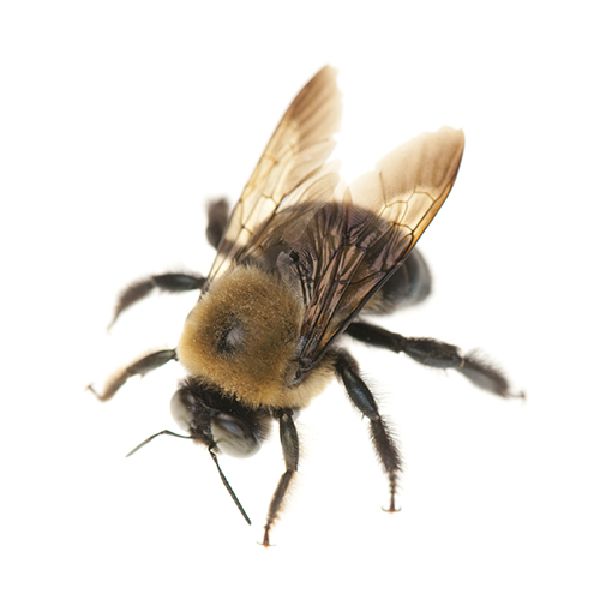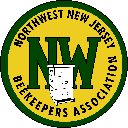Common Insects and what they look like
Typical bees, wasps, and hornets you will encounter in NJ.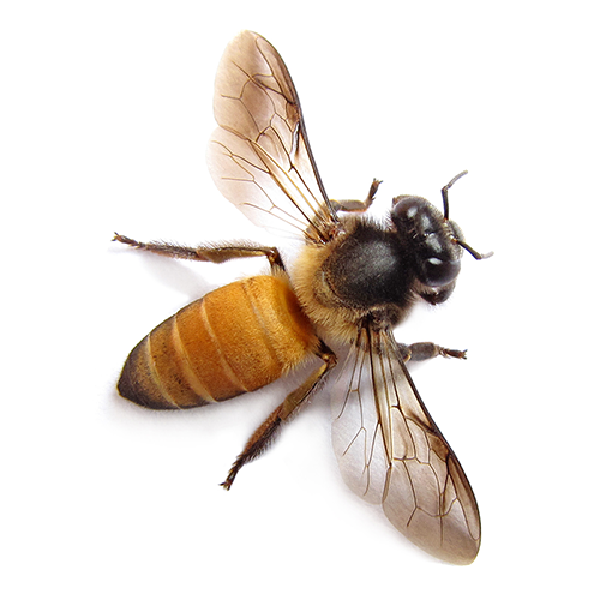
Honey Bee
Hairy, w/ black body and brown & gold bands - 1/2"
Nest: Honeybees are social insects and live in nature as colonies in trees, walls, and sometimes the ground. The cavities of the nest are range from the size of a basketball to a large trunk. Bees are also managed of course in man-made hives that can range from 20,000 - 80,000 individuals.
.
Threat: Honeybees are not aggressive when encountered in the wild and do not search for something to attack. Instead, they are defensive and will attack only whatever seems to threaten the colony or when contacted roughly, stepped upon with bare feet, or caught in clothing and hair.
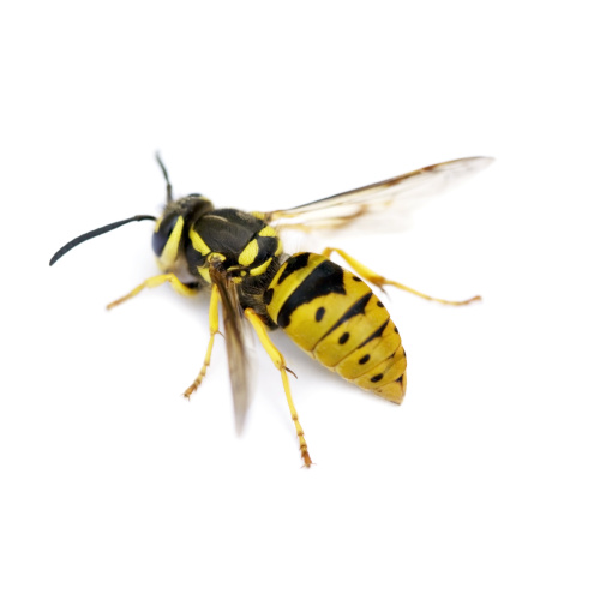
Yellow Jacket Wasp
Black and Yellow, yellow legs - 3/8" to 5/8 "
Nest: Yellowjackets live in nests constructed of paper carton, which can grow to be basketball-sized. One nest will contain a number of rounded paper combs, attached one below another and covered with a many-layered envelope. Depending on the species, the nest may be near the ground, such as on plant roots, logs or timber, or aerial and attached to shrubs, bushes, houses, garages or sheds.
Threat: Yellowjackets are slow to sting, unless their nests are threatened. Yellowjackets are considered beneficial insects because they control many pest insect species. However, if their nest is located near a structure, control is warranted. They often pose a problem for homeowners when located in the ground and are impacted upon mowing the property.
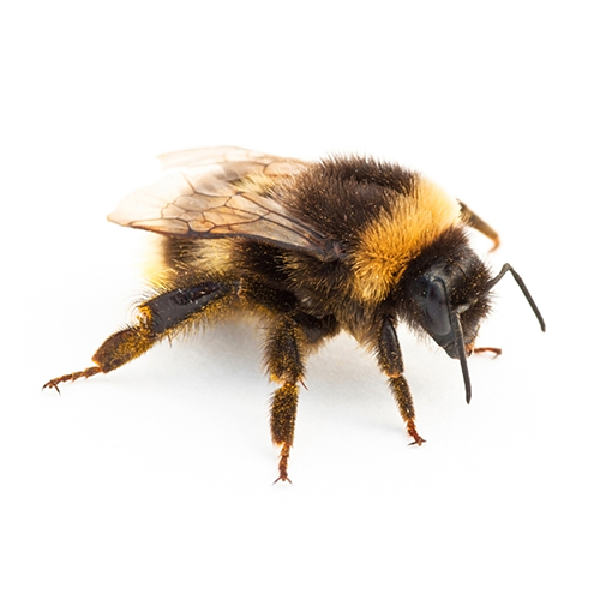
Bumblebee
Black and Yellow markings, hairy - 1"
Nest: Bumble bees build their nests out of pollen clumps, usually in the ground or a dense grass clump, and often in an abandoned mouse nest.
Threat: Bumble bees are considered a beneficial insect because they pollinate flowers. However, they can sting. If a nest is located in or near a structure, then control is necessary. With proper protection, a nest can be relocated to an alternate location. If away from people, they should be left to survive.
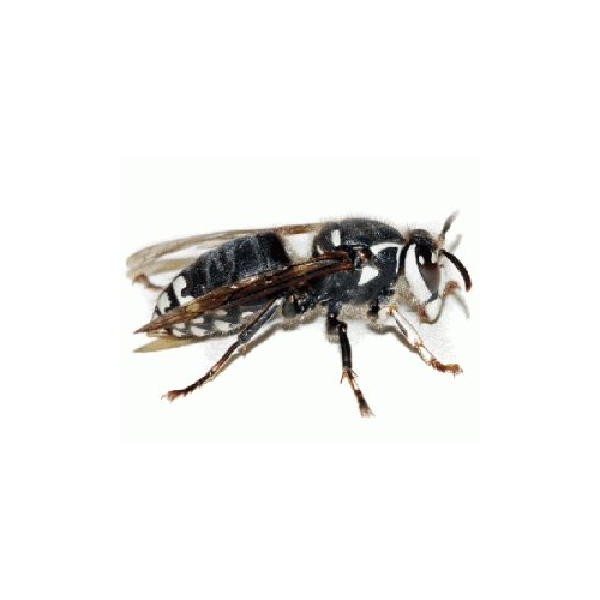
Bald Faced Hornet
Black w/ Ivory or white markings - 3/4"
Nest: Bald-faced hornets build aerial nests out of paper carton. The nests are usually in exposed locations, often on trees, utility poles, overhangs or other structures. The nests can be quite large, growing to 14 inches in diameter and 24 inches in length.
Threat: Bald-faced hornets are considered beneficial insects because they control many pest insect species. However, if their nest is located near a structure, control is warranted. If away from people they should be left to survive and often are high up and do not pose a threat if left alone.

Red Paper Wasps
Brown w/ yellow & reddish markings - .7 to 1"
Nest: Paper wasps get their name from the paper-like material of which they construct their nest. Paper wasp nests are often umbrella-like in shape and are never enclosed in an envelope. Nests are often found hanging from twigs and branches of trees and shrubs, as well as porch ceilings, door frames, eaves, deck floor joints, railings, etc.
Threat: If a nest is touched, there is a high probability you will get stung when coming into contact with a paper wasp nest. They are typically not an aggressive type of wasp away from the nest. Paper wasps are considered beneficial insects because they control many pest insect species. However, if their nest is located near a structure, control is warranted.
